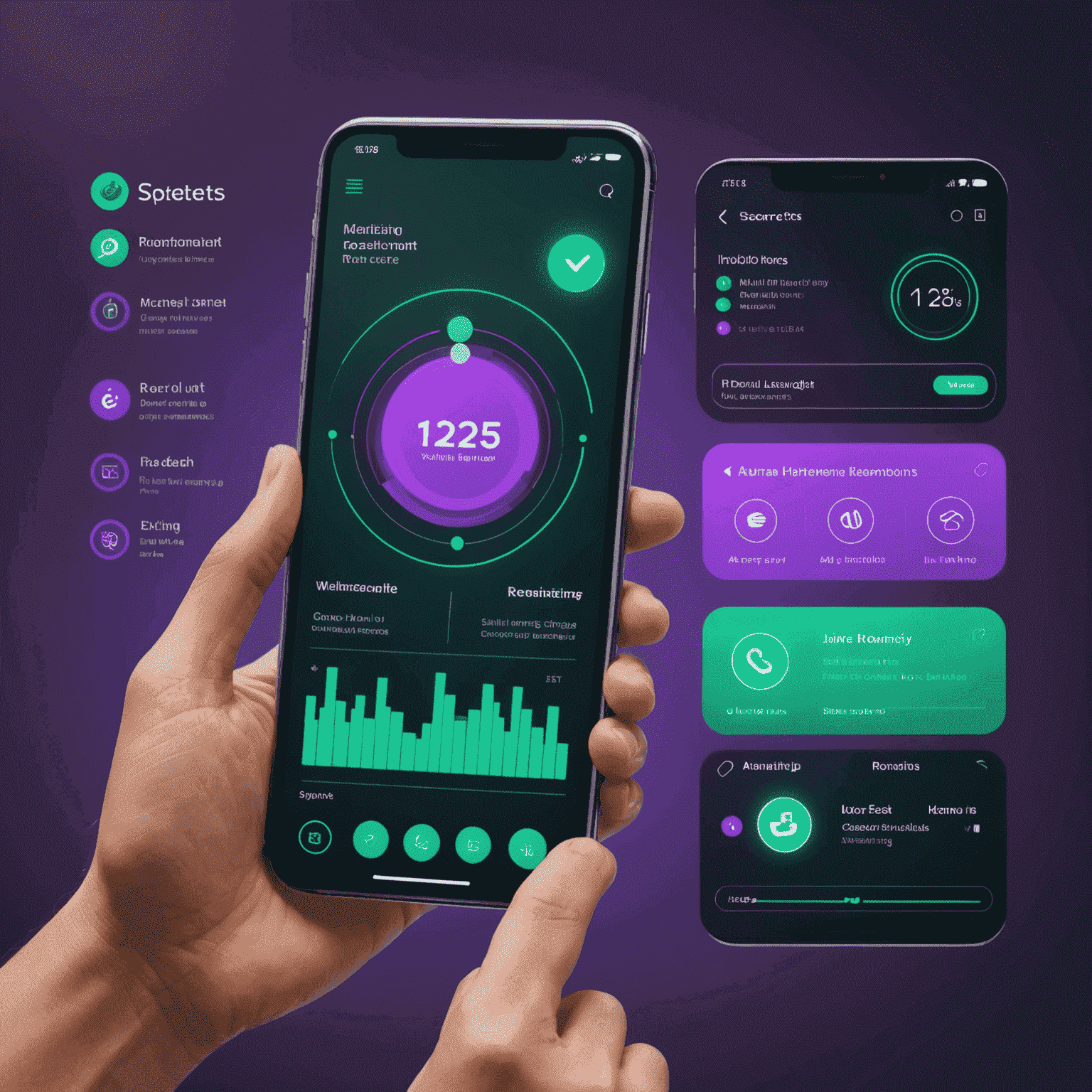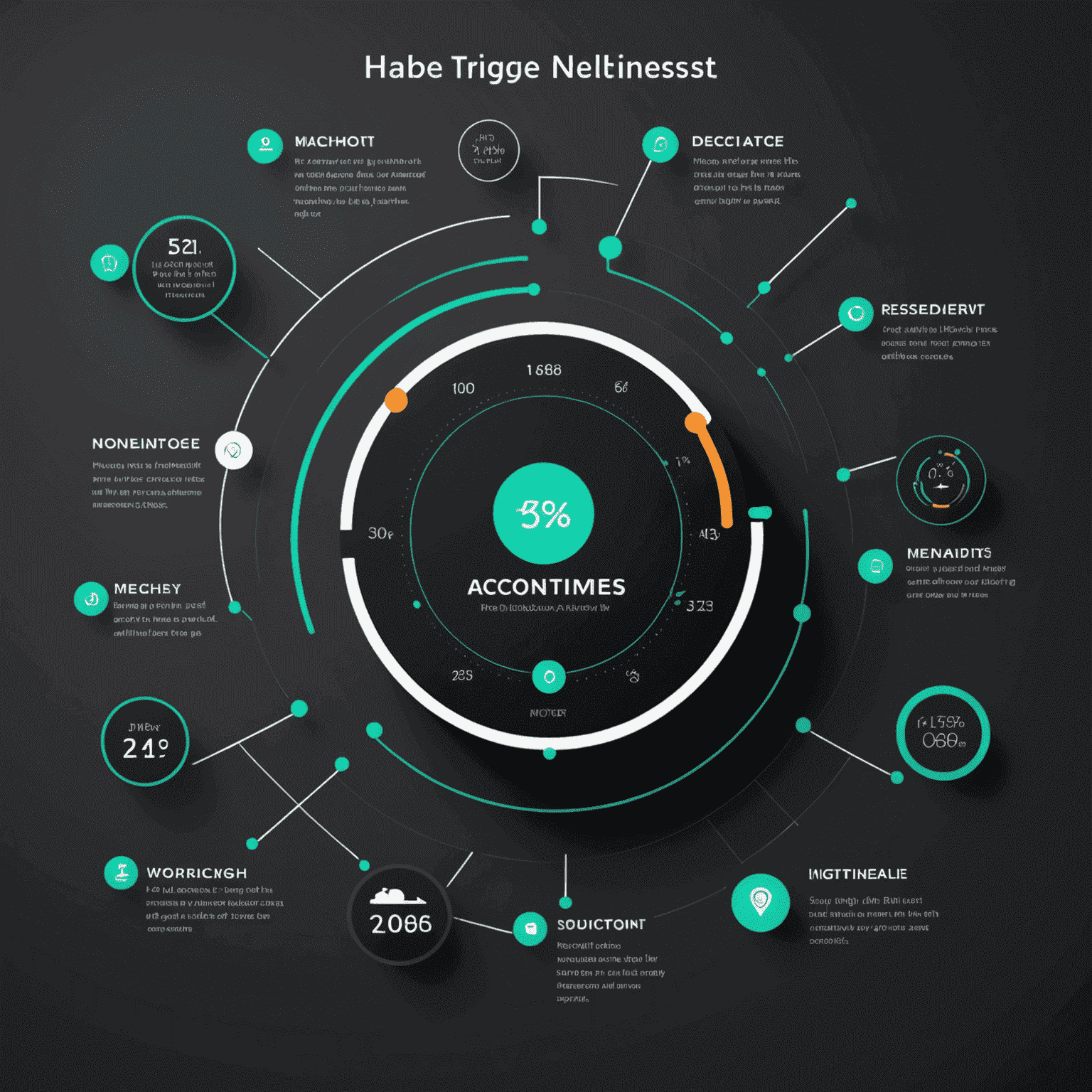Behavioral Design in Digital Wellness Apps
In the realm of digital wellness and fitness, apps have become powerful tools for encouraging healthy habits. But have you ever wondered how these apps manage to keep us engaged and motivated? Let's dive into the fascinating world of behavioral design in digital wellness apps and explore how they leverage psychological triggers and engagement strategies to shape our behavior.
The Psychology Behind User Engagement
At the core of successful wellness apps lies a deep understanding of human psychology and behavior. These apps employ various cognitive patterns and decision-making frameworks to create compelling user experiences that encourage consistent use and habit formation.

Key Behavioral Design Elements
- Goal Setting and Progress Tracking: Apps often start by prompting users to set personal health goals. This taps into our innate desire for achievement and provides a clear direction for our efforts.
- Feedback Loops: Immediate feedback on actions, such as completing a workout or logging a meal, reinforces positive behaviors and keeps users engaged.
- Reward Mechanics: Virtual rewards, badges, or points systems create a sense of accomplishment and motivate continued use.
- Social Integration: Features that allow users to share achievements or compete with friends leverage our social nature and add an extra layer of motivation.
- Personalization: Tailored recommendations and adaptive challenges keep the experience relevant and aligned with individual user needs.
The Power of Habit Formation
Wellness apps aim to transform occasional healthy actions into lasting habits. They do this by creating triggers (like daily reminders), facilitating easy actions (quick workouts or simple food logging), and providing variable rewards that keep users coming back.

Ethical Considerations in Behavioral Design
While these behavioral design techniques can be powerful tools for promoting health and wellness, it's crucial to consider the ethical implications. App developers must strike a balance between encouraging healthy habits and potentially manipulative practices.
- Transparency about data usage and behavioral tracking
- Avoiding excessive gamification that may lead to unhealthy obsessions
- Ensuring that app recommendations are based on sound health principles
- Providing options for users to customize their experience and engagement level
The Future of Behavioral Design in Wellness Apps
As our understanding of digital behavior and user engagement deepens, we can expect wellness apps to become even more sophisticated in their approach to behavioral design. Future developments may include:
- Advanced AI for hyper-personalized experiences
- Integration with wearable technology for more accurate tracking and feedback
- Virtual reality components for immersive wellness experiences
- Improved behavior mapping to identify and support individual user patterns
As we continue to explore the intersection of technology and well-being, it's clear that behavioral design will play a crucial role in shaping our digital health experiences. By understanding these mechanisms, we can become more conscious users and advocates for ethical, effective wellness technology.